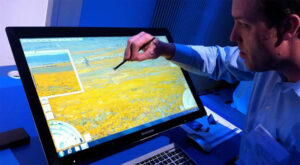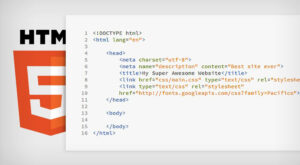
In the dawn of the 21st century, the Internet is evolving at a breakneck pace, and with it, the speeds at which we connect and interact with this digital realm are increasing significantly. As of 2004, broadband Internet is revolutionizing the landscape of online engagement, leaving the days of dial-up connections—a time of waiting for a free phone line and enduring the symphony of beeps and static noises to connect to the World Wide Web—increasingly in the past.
Broadband, a high-speed Internet connection that is always on and faster than the traditional dial-up access, has become a pivotal infrastructure akin to utilities such as water and electricity. This technology has started to alter how we work, play, and communicate. With typical speeds ranging from 256 Kbps to over 100 Mbps in some areas, tasks such as downloading music, streaming video, and playing online games are becoming more seamless and instantaneous.
For instance, a user can now download a high-quality music track in seconds, a feat that would have taken hours in the era of dial-up. Video conferencing, once a pixelated and laggy affair, is now smooth and clear, enabling more effective remote business meetings and personal chats. The proliferation of Wi-Fi technology also means that the tether of an Ethernet cable no longer bounds us; Internet access is becoming ubiquitous in homes, cafes, and offices.
This surge in speed is not without its challenges and disparities. The digital divide is a growing concern, with rural and underserved areas often lagging in access to these high-speed services, a factor that can affect economic growth and access to information. Moreover, the infrastructure required to support broadband is an investment; the costs involved are substantial and are often passed on to the consumer.
As we look toward the future, we anticipate further innovations, such as fiber-optic connections that promise even faster speeds and greater reliability. The Internet is quickly becoming an essential tool for global communication and a cornerstone for economic and educational opportunities. The speed at which we connect is not merely a convenience but a gateway to a world of possibilities that were unimaginable just a decade ago. As we hurtle forward, one thing is clear: the need for speed is more than just a catchphrase; it’s a requirement for the modern digital citizen.



